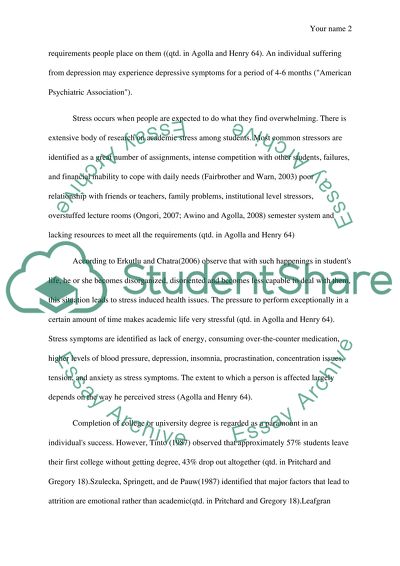Cite this document
(“Impact of Stress on Students Education and Productivity Research Paper”, n.d.)
Impact of Stress on Students Education and Productivity Research Paper. Retrieved from https://studentshare.org/psychology/1397408-research-essay
Impact of Stress on Students Education and Productivity Research Paper. Retrieved from https://studentshare.org/psychology/1397408-research-essay
(Impact of Stress on Students Education and Productivity Research Paper)
Impact of Stress on Students Education and Productivity Research Paper. https://studentshare.org/psychology/1397408-research-essay.
Impact of Stress on Students Education and Productivity Research Paper. https://studentshare.org/psychology/1397408-research-essay.
“Impact of Stress on Students Education and Productivity Research Paper”, n.d. https://studentshare.org/psychology/1397408-research-essay.


